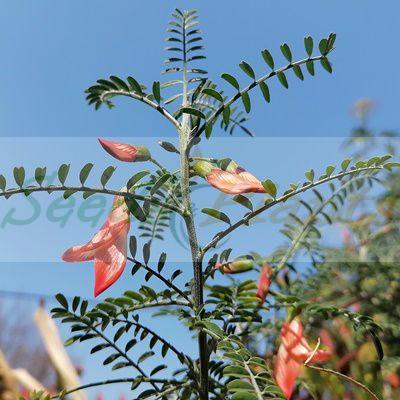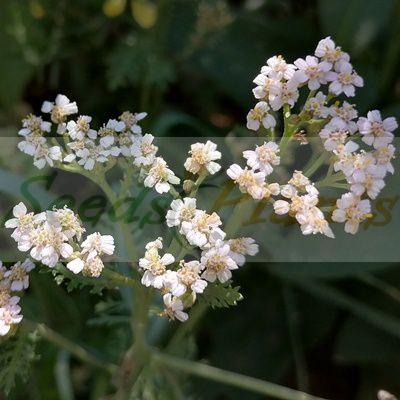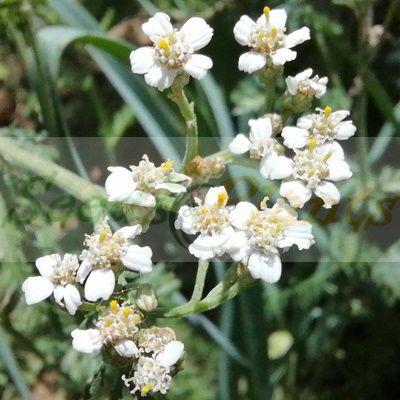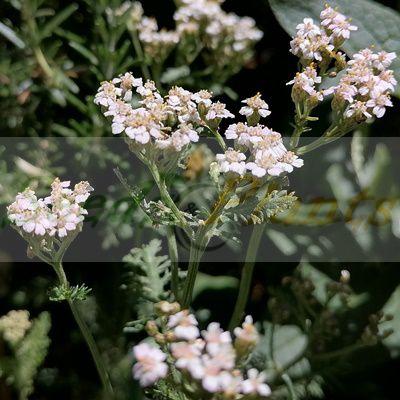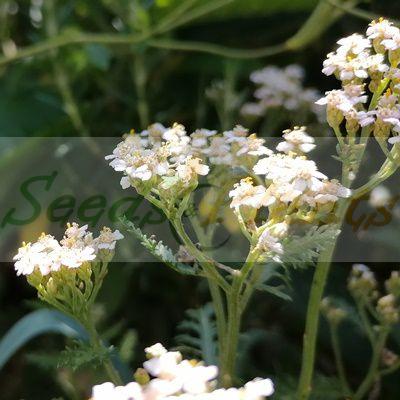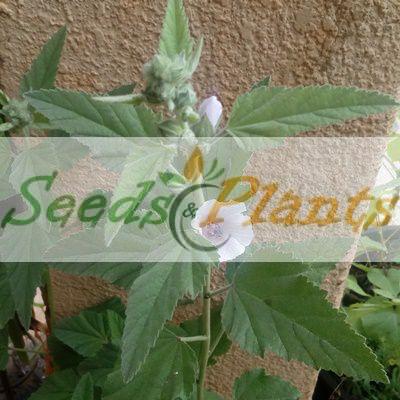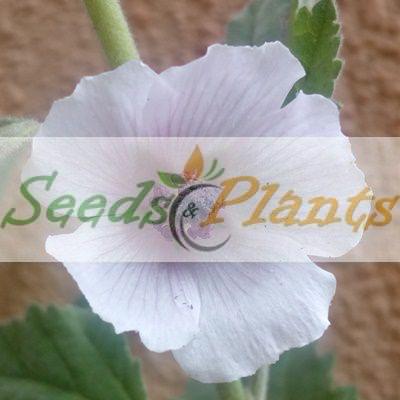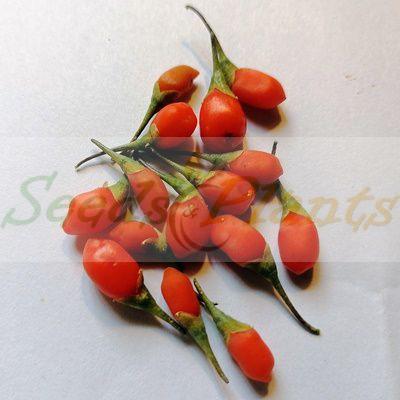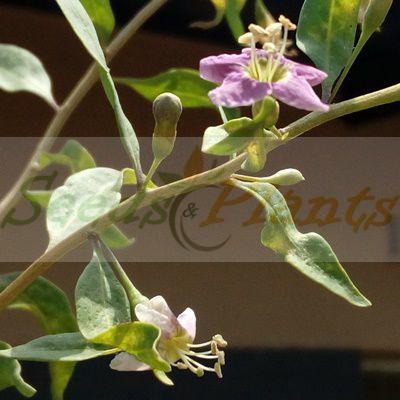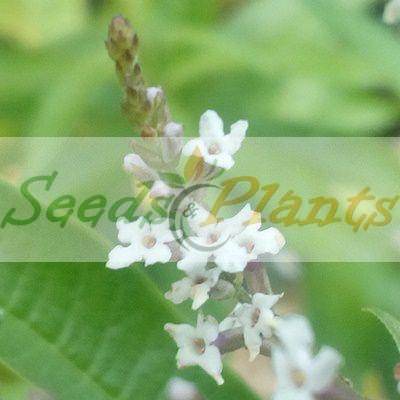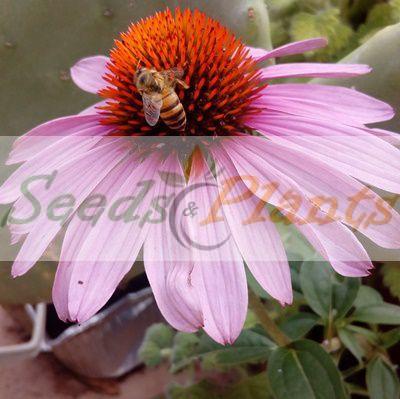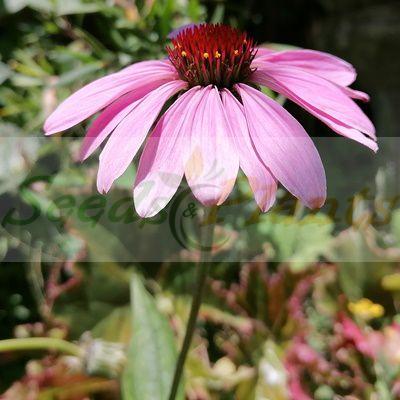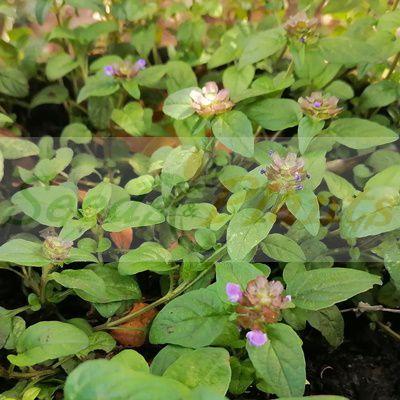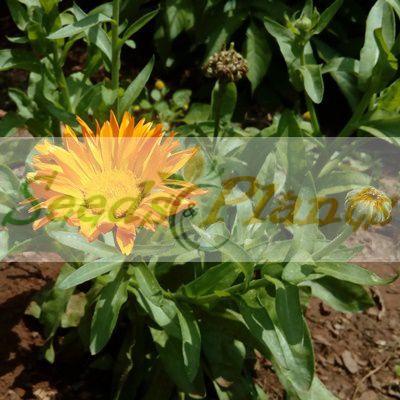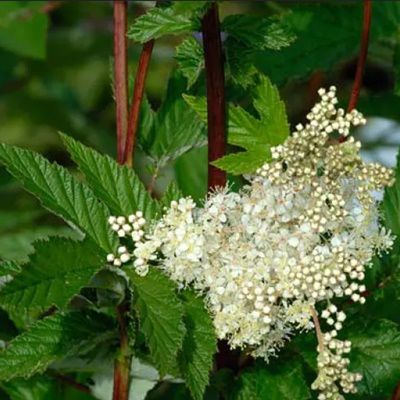🌿 Herbal Quick Facts
Medicinal Info
- 🌍 Origin / Region: Asia, Europe, North America
- 🌿 Medicinal Part: Flower, Leaf, Root
- 🍵 Herbal Preparation: Decoction, Essential Oil, Extract / Tincture, Infused Oil, Infusion / Tea, Ointments/Creams, Poultice, Powder
- ⚕️ Healing System: Ayurvedic System of Medicine, Chinese Traditional Medicine, European Traditional Medicine, Siddha System of Medicine, Unani System of Medicine
Growth Traits
- 🌱 Life Cycle: Perennial
- 🌾 Plant Type: Herbaceous Perennial
- 🦋 Pollinator Method: Attracts Bees, Attracts Butterflies, Attracts Hoverflies, Attracts Lacewings, Attracts Ladybirds, Attracts Moths, Attracts Wasps
- 🪴 Growth Habit: Bushy, Clumping, Spreading, Upright
- 🌸 Flower Color: White
Growing Requirements
- 🌞 Sun Exposure: Full Sun, Partial Shade
- 💧 Water Needs: Avoid Overwatering, Low Water
- ☀️ Growing Conditions: Cold Tolerant, Drought Tolerant, Frost Tolerant, Heat Tolerant
- 🟤 Soil Preference: Tolerant of most soils, Well-Drained
Yarrow – 50 Seeds
(Achillea millefolium)
R30.00
Yarrow is a well known medicinal plant and it also has many beneficial uses for the garden itself.
Common Names: Yarrow, bloodwort, carpenter’s weed, hierba de las cortaduras, milfoil, plumajillo, woundwort and nosebleed plant.
Indoor Sowing: Autumn and Late Winter.
Direct Sowing: Autumn and Spring.
Only 1 left in stock
🌿 Herbal Quick Facts
Medicinal Info
- 🌍 Origin / Region: Asia, Europe, North America
- 🌿 Medicinal Part: Flower, Leaf, Root
- 🍵 Herbal Preparation: Decoction, Essential Oil, Extract / Tincture, Infused Oil, Infusion / Tea, Ointments/Creams, Poultice, Powder
- ⚕️ Healing System: Ayurvedic System of Medicine, Chinese Traditional Medicine, European Traditional Medicine, Siddha System of Medicine, Unani System of Medicine
Growth Traits
- 🌱 Life Cycle: Perennial
- 🌾 Plant Type: Herbaceous Perennial
- 🦋 Pollinator Method: Attracts Bees, Attracts Butterflies, Attracts Hoverflies, Attracts Lacewings, Attracts Ladybirds, Attracts Moths, Attracts Wasps
- 🪴 Growth Habit: Bushy, Clumping, Spreading, Upright
- 🌸 Flower Color: White
Growing Requirements
- 🌞 Sun Exposure: Full Sun, Partial Shade
- 💧 Water Needs: Avoid Overwatering, Low Water
- ☀️ Growing Conditions: Cold Tolerant, Drought Tolerant, Frost Tolerant, Heat Tolerant
- 🟤 Soil Preference: Tolerant of most soils, Well-Drained
Yarrow Seeds. Scientific Name: Achillea millefolium
Common Names: Yarrow, Woundwort
Originating in Europe, this hardy, highly viable aromatic perennial grows to 3 feet. Flower heads vary from white to light pink, depending upon individual plant. Tiny flowers appear in flat clusters 3-4 inches across. Fine feathery lace-like foliage completely covers the stalks.
Propagates by seed or root division in either spring or fall. Clumps should be divided every 3-4 years to stimulate growth. Prefers an acid soil of pH 4.5 to 7. Extremely drought resistant, and will grow in gravel. Likes full sun.
Common Names: Yarrow, bloodwort, carpenter’s weed, hierba de las cortaduras, milfoil, plumajillo, woundwort and nosebleed plant.
Yarrow Medicinal Benefits
- Native American herbal medicine makes extensive use of yarrow. Among the Micmac people of Maine, New Brunswick, and Nova Scotia, the stalk was chewed or stewed to induce sweating to “break” fevers and colds.
- They also pounded the stalks into a pulp to be applied to bruises, sprains, and swelling.
- The crushed leaves are an astringent (stops bleeding) and helps cuts heal.
- Legend has it that the Greek god Achilles used it for healing his soldiers after battle.
- It is also said to reduce inflammation, increase perspiration, relieve indigestion and has diuretic effects.
- Yarrow also lower fevers, induce sweating, stop cramps, encourage menstruation, relieve inflammation, and stimulate the release of stomach acid to digest proteins and fats.
- The herb is taken internally to treat colds, fevers, and indigestion, and used in skin treatments of slow-healing wounds.
Yarrow Garden Uses
- Yarrow attracts ladybugs. These feeding ladybugs will stick around to feed on the pests in your garden.
- Hoverflies, robber flies, 1/4 inch long chalcid wasps, and braconid wasps all use yarrows nectar as a food source. Each of these will then stick around to attack your garden pests.
- Yarrow also increases the essential oils of plants growing nearby.
Growing Yarrow
Indoor Sowing: Autumn and Late Winter.
Direct Sowing: Autumn and Spring.
- Direct sow the seeds in Autumn or Spring. Alternatively start Yarrow seeds indoors in Autumn or Late Winter.
- Surface sow the seeds in moist, normal potting soil or seed-starting mix.
- Do not cover the seeds with soil, as they need light for germination.
- Water the seeds with a spray bottle, as pouring water onto the seeds may dislodge the seeds.
- Keep the soil consistently moist, but not soggy.
- Place the pot with the yarrow seeds in a sunny and warm location.
- The seeds should germinate in 20 – 45 days, depending on the conditions.
- You can speed up the germination by covering the top of the pot with plastic wrap to keep in moisture and heat.
- Remove the plastic wrap once the seeds have sprouted.
- They thrive in a wide variety of soils but do best in well drained soil and it likes full sun.
Does this plant have medicinal uses?
Traditionally, Yarrow has a history of use in various healing systems, including Ayurvedic System of Medicine and Chinese Traditional Medicine. Seeds are sold for cultivation purposes only.
Disclaimer
Medicinal Information:
All medicinal information on this website is for educational and informational purposes only and may not be construed as medical advice. The information is not intended to replace medical advice or treatment offered by healthcare professionals.
Seeds, Plants, Plant Cuttings, Geophytes and Dried Herbs:
In some countries and provinces, certain plants are deemed as invasive and are not allowed to be planted at all, whilst some plants are allowed to be grown only in certain areas or provinces. The onus is on you as the buyer to familiarize yourself with the regulations pertaining to your location, before purchasing any of our seeds, plants, plant cuttings, geophytes or dried herbs. We will not be held liable, should you purchase any seeds, plants, plant cuttings, geophytes or dried herbs. from us which are prohibited in your country or province.

